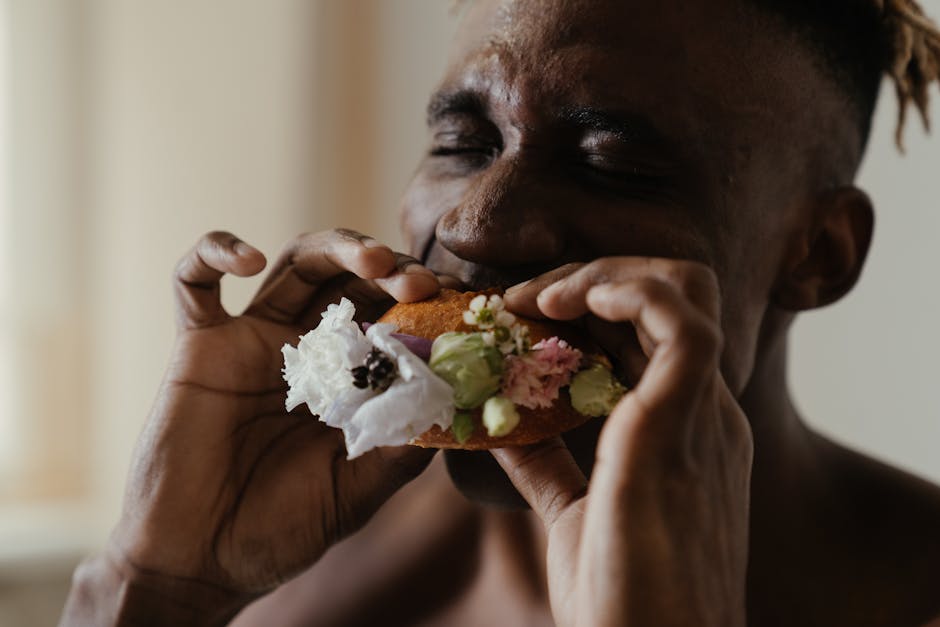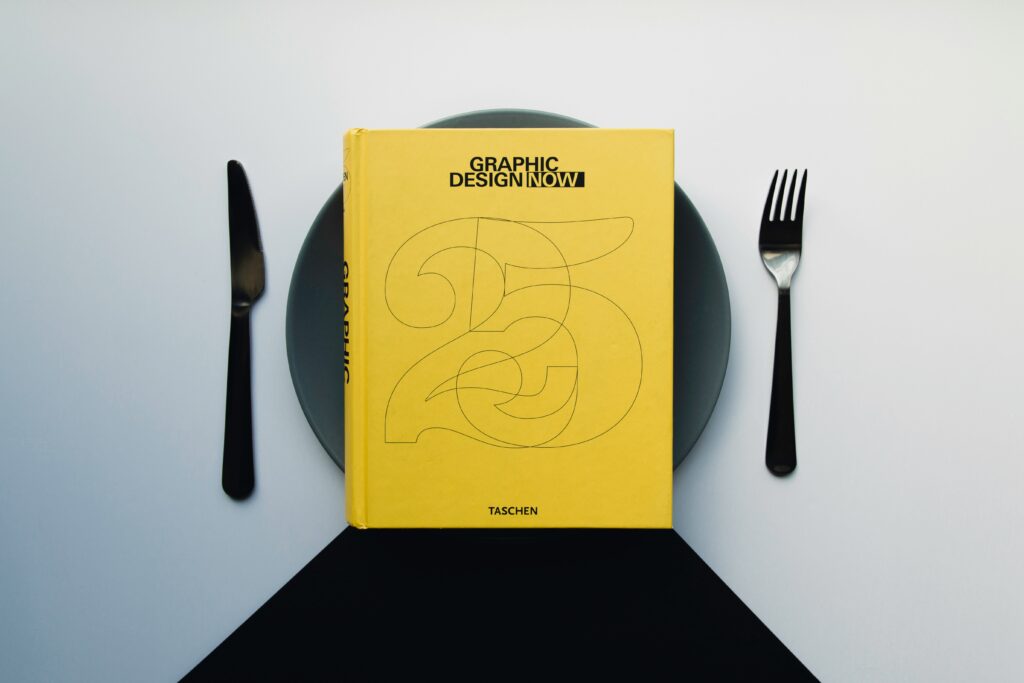Where It All Started
Fusion cuisine didn’t start as a food trend. It started as survival, trade, and adaptation. Wherever ships docked, borders shifted, or people migrated ingredients moved with them. Colonial powers brought European staples to Asia and Africa. In return, spices, chilis, and cooking techniques made their way back. Food history is riddled with these unplanned collisions. Sometimes violent, sometimes organic, always transformative.
Take the banh mi: a French baguette filled with Vietnamese pickled veggies and pork. Or tikka masala: a British staple with Indian roots, born from post colonial immigration and local tastes. These aren’t modern experiments. They’re artifacts of crossroads.
What’s new is the intent. In the past, fusion came from necessity or improvisation. Now, chefs mix cultures on purpose balancing flavor, identity, and innovation. It’s the shift from accidental to artistic. A Peruvian Nikkei menu or kimchi and brisket taco isn’t a fluke. It’s curation.
Fusion didn’t arrive as a revolution in 2020s kitchens. It’s been simmering for centuries. Today’s difference? A deliberate hand at the stove.
What Fusion Means in 2026
We’ve moved beyond the easy trope of “East meets West.” In 2026, fusion cuisine isn’t just about swapping soy sauce for olive oil or dropping kimchi into tacos for shock value. It’s deeper and smarter. Chefs are folding in techniques, not just ingredients. Think sous vide meets stir fry. Dashi pulled from bone broth logic. There’s precision behind the plates now, not just novelty.
At the high end, some chefs are digging in like scientists. They’re pulling textures, methods, and flavor structures from multiple regional cuisines and rebuilding them into something new without losing the soul of the originals. Meanwhile, fusion lives and breathes just as boldly in street food stalls and pop ups, where experimentation happens fast, scrappy, and often without rules.
Thanks to global supply logistics and digital exposure, diners now walk in expecting to taste the world on a plate. Access to diverse ingredients and cooking knowledge isn’t a luxury it’s the baseline. Fusion no longer needs to announce itself. It’s baked into what modern dining is becoming: borderless, technique first, and grounded more in culinary intent than origin labels.
Social Media’s Influence on Fusion Food

Social media hasn’t just boosted the visibility of fusion cuisine it’s changed how it’s made. Viral dishes move fast. What starts as a TikTok trend ramen carbonara, sushi tacos, birria everything can show up on menus across three continents in weeks. Platforms thrive on novelty, and chefs know it. This acceleration shrinks the timeline from inspiration to replication. If it looks good on camera and taps into a cultural crossover moment, it gets posted, copied, and eaten.
Then there’s the plating. The so called “Instagram effect” has made visual appeal as important as flavor. That’s pushed chefs to consider color, geometry, and texture when assembling a dish. A food truck plate might get styled like a tasting menu not because it needs to be, but because one snap could bring in a crowd.
More profoundly, fusion food is becoming a personal statement. For many creators, it’s not about gimmicks it’s about identity. A Vietnamese Mexican chef making pho barbacoa isn’t fusing just for fun; they’re serving their story through food. Social media gives them a platform to own that narrative, reaching diners who want flavor with context.
For more on this cultural shift, check out How Social Media Influences Modern Food Culture.
The Debate: Authenticity vs. Innovation
Fusion cuisine doesn’t exist without friction. For every diner who embraces bold cross cultural flavors, there’s a critic asking whether fusing traditions dilutes them. The question sticks: Can a dish still be “authentic” if it blends culinary roots from different continents?
Traditionalists argue no. They view fusion as a shortcut something that risks flattening complex histories into Instagram friendly aesthetics. But chefs pushing the boundaries see it differently. For them, fusion is a tool, not a gimmick. The key is respect. Great fusion dishes acknowledge their sources. They don’t copy they interpret.
That line between homage and overstep is where the tension lives. Some chefs dig deep studying languages, traveling, working alongside elder cooks to understand the cultures they’re borrowing from. Others fail the vibe check by tossing ingredients together without context. The result? Audiences that are both curious and cautious. They want something new, but not at the cost of misrepresentation.
So chefs tiptoe, innovate, and self check. Because in today’s food landscape, cooking across cultures isn’t just creative it’s also political.
Where the Plate Is Heading
Fusion has always been about curiosity, but 2026 is pushing it further. Afro Asian mashups think Ethiopian berbere in ramen broth, or jollof rice arancini are starting to turn heads. Latin flavors like mole and aji amarillo are blending into Middle Eastern classics. It’s bold, unexpected, and grounded in deeper cultural conversations, not just flavor experiments.
One thing that’s accelerating all this? Cross continental chef collabs. What used to be novelty pop ups are now regular partnerships between chefs in Johannesburg and Seoul, or Lima and Beirut. These cooks aren’t just swapping ingredients they’re blending techniques, philosophies, and stories.
On the ground, plant based fusion is catching fire. It’s not just tofu tacos or mushroom shawarma anymore. Chefs are building full menus around smart substitutes: jackfruit rendang, lentil tamales, tempura fried yuca. The goal is flavor first, with sustainability backing every bite.
For home cooks looking to play in the fusion sandbox without crossing lines, here’s the rule: lead with respect, not remixing for clout. Do real homework. Know where your ingredients come from. Honor the dish’s roots even as you layer your twist. Fusion done right isn’t about flattening culture it’s about showing people how connected we really are.
Why Fusion Isn’t Just a Trend
Fusion cuisine isn’t about throwing random flavors together. It’s a mirror one that reflects how global culture is layered, fast moving, and no longer confined by borders. People migrate, ingredients get rerouted, and recipes evolve with them. What ends up on the plate isn’t chaos; it’s a snapshot of where we are and how we got here.
This kind of cooking doesn’t apologize. It’s confident. Chefs aren’t confused they’re deliberate. They lean into technique, heritage, and story. When a Peruvian ceviche meets Korean gochujang, it’s not a gimmick it’s intention. The result is bold, not blurred.
And diners aren’t passive in all this. They expect flavor with a point of view. A dish that says something. Fusion, at its best, is storytelling. Not just a mix of tastes, but a conversation between cultures one bite at a time.
